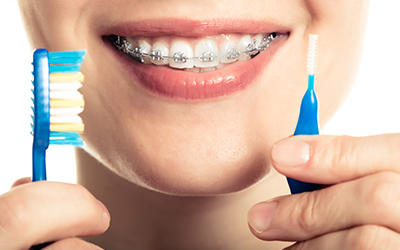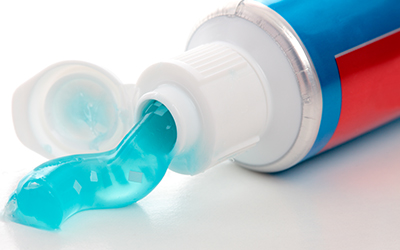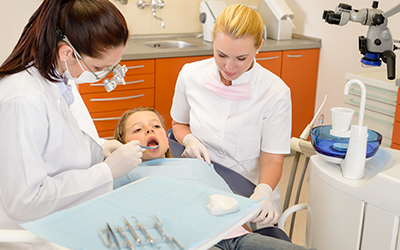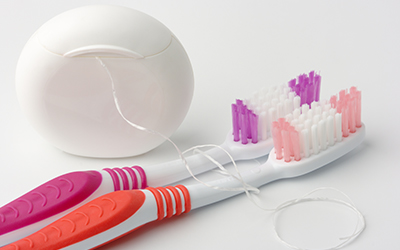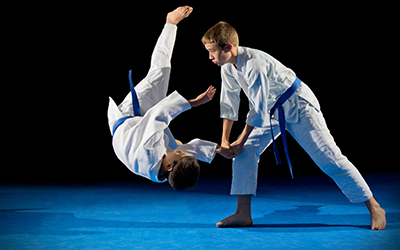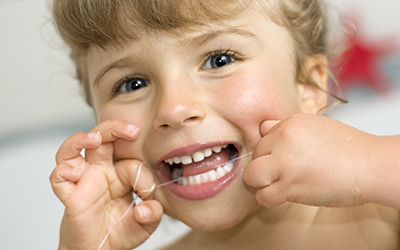Tips For Helping Your Kids Learn To Floss
Many people underestimate the importance of including floss in their oral hygiene routine. In fact, flossing is the only way to remove plaque and food debris from in between the teeth – the most common area for cavities and tooth decay to form! Your toothbrush is unable to reach these areas in the mouth, making flossing absolutely necessary.
Your children should begin flossing as soon as two of their teeth touch together. At first, you’ll need to brush and floss your children’s teeth for them, but as they age, they’ll start to accept these responsibilities on their own.
Tips For Teaching Your Kids To Floss
Below are a few ways to help your child learn to floss on his or her own:
- Consider using floss made for sensitive gums. This floss has a special coating on it, which makes it gentler on your child’s gums. This way, you can avoid the pain and bleeding that may sometimes accompany flossing.
- Teach your child that he or she only needs 16-18 inches of floss each time. This can be measured using the distance between the elbow and the fingertips.
- Show your child how to wrap most of the length of floss around one finger. Wind the rest of the floss around the same finger of the other hand. This is the finger that will collect the used floss.
- Don’t wrap the floss too tightly around the fingers, causing them to turn purple. The floss should be held taut, but not tight enough to cause pain or discoloration in the fingers.
- The floss should glide between teeth in a back-and-forth rubbing motion. Rub the floss against the side of each tooth before moving on to the next tooth.
- When it’s time to go to the next space, slide the floss to the other hand to make sure you’re using a clean portion of floss for each tooth.
For more information on the importance of flossing, or for help with teaching your child how to floss on his or her own, please contact Great Outdoors Pediatric Dentistry! Our child's dentist office is located in Dover, NH.



